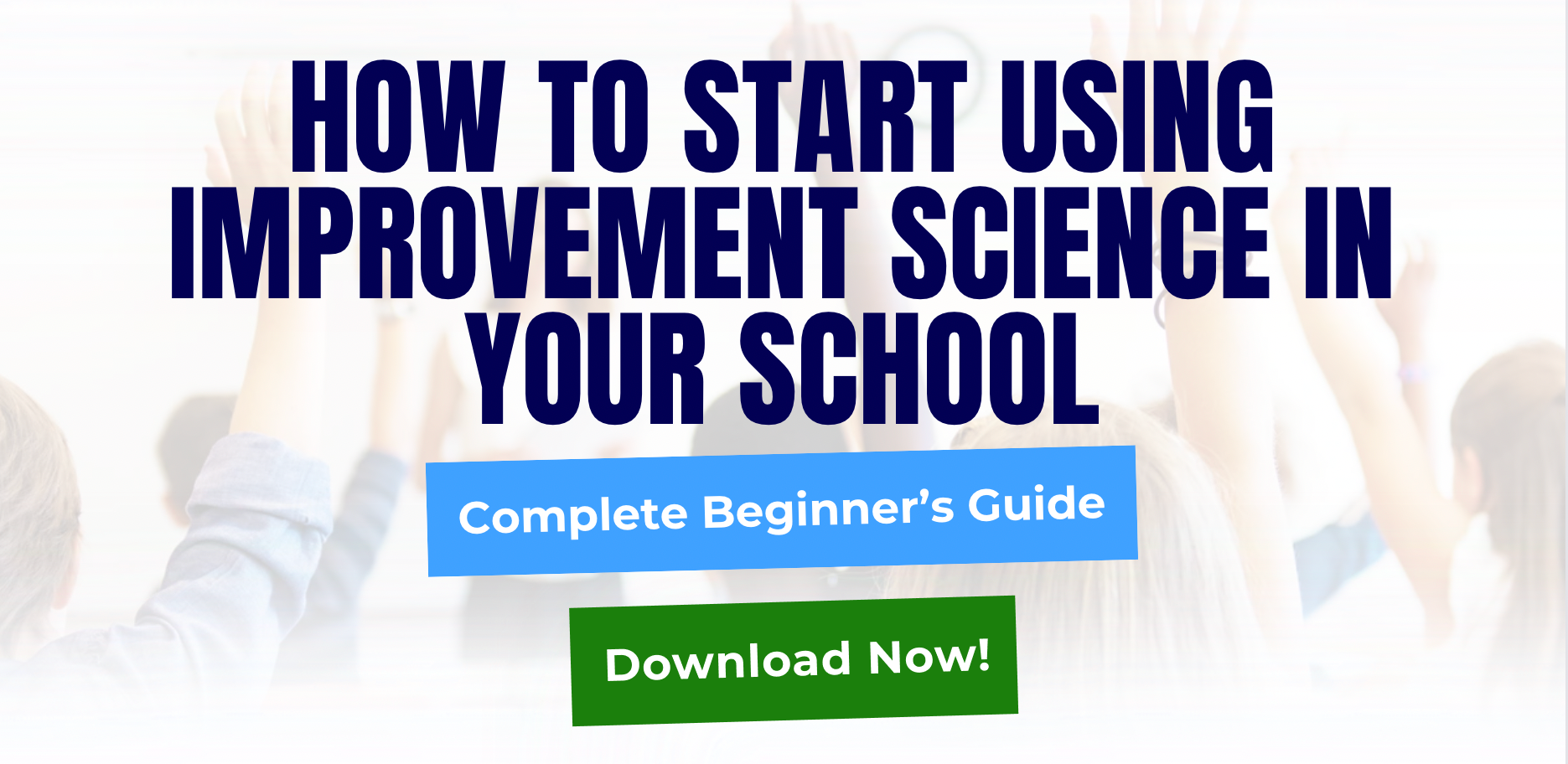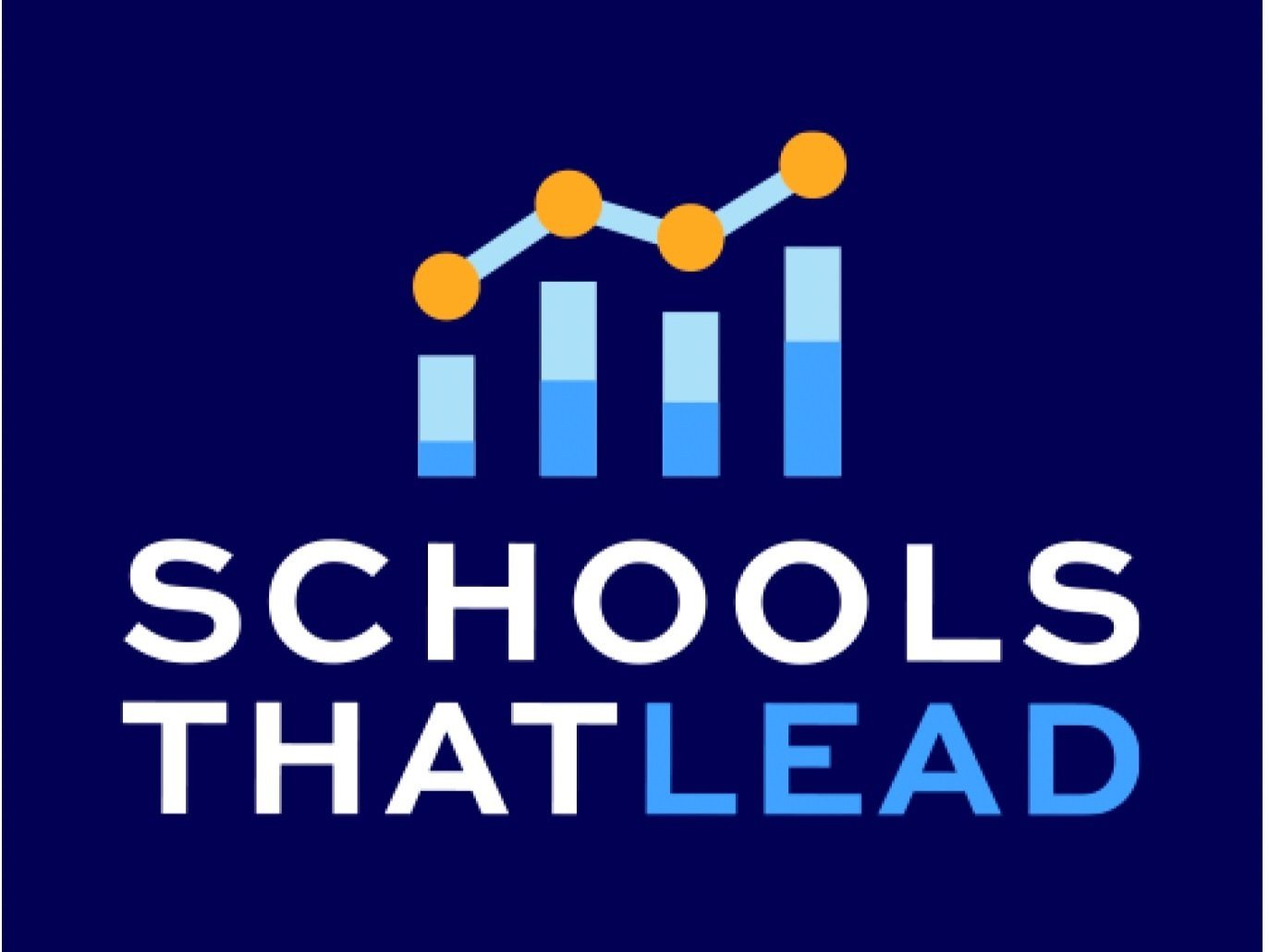AI in Education: How Teachers can Use AI in the Classroom
Introducing artificial Intelligence into the classroom is often met with mixed emotions. Excitement and anticipation are often coupled with the fear of the unknown.
Science fiction authors have created stories of rogue robots replacing humans; however, the use of AI in classrooms is much less ominous. It’s important to state that AI is not a replacement for educators or the indispensable human activities of teaching and learning.
AI has potential benefits to the field and has several use cases in education. However, for AI to have a positive impact and improve student outcomes, educators must understand the potential consequences. Educators must be on the forefront of determining the role of AI in the classroom.
Below, we present a roadmap that outlines how educators can start utilizing AI tools so they can continuously improve in their profession and contribute to achieving their school’s improvement goals.
Understanding the Application of AI in Education
Artificial intelligence (AI) broadly refers to large language models (LLMs) designed and programmed to perform cognitive tasks we typically associate with human decision-making and analytical ability.
AI is now ubiquitous across many industries, from providing 24/7 customer support to designing detailed graphics in seconds. AI in education has several applications, all with the goal of supporting student learning and improving educator efficacy. Yet, 79% of teachers claim their districts don’t have a clear AI policy for students and teachers.
When AI is aligned to reduce pain points in 21st-century classrooms, it can help teachers overcome common classroom management challenges. Solutions provided by AI include more efficiently supporting students of various levels of ability simultaneously, providing enriching multimedia experiences beyond studying textbooks, and providing personalized tutoring without reducing teacher bandwidth in an already crowded classroom.
How Teachers can Use AI in the Classroom
Here are some of the most common benefits of using AI in schools:
1. Personalized Learning Platforms
Adaptive software solutions tap algorithms to customize sequencing, difficulty progression, and pacing for students based on their learning abilities and educational support needs. As annual student performance data is reported, lesson sequences are continually recalibrated to strengthen skills through independent practice while accelerating the development of advanced learners.
2. Intelligent Tutoring Systems
AI can simulate a one-on-one tutoring session, tailoring lesson plans to each student's strengths and problem areas. An AI tutor assesses gaps in knowledge and then addresses them through targeted mini-lessons and practice assignments. In fact, according to Microsoft, AI tutoring scaffolds frustration-free student advancement.
3. Automated Grading and Feedback
AI can shoulder the burden of initial grading and basic feedback for routine assessments on fixed-answer test questions or basic writing assignments. By automating scoring, where judgment is based on logic outlined in the prompts inputted, teachers can spend their time on other classroom activities and not have to bring work home as often.
4. Virtual Reality and Augmented Reality
These emerging immersive technologies transport students to simulated environments ideal for experiential, project-based learning. VR enables teachers to lead virtual field trips, expanding beyond textbooks to directly experience faraway times and places. Ideas and lesson plans for VR field trips can also be created in seconds with AI.
5. Language Learning Apps
Conversational dialogue-based apps help English language learners build confidence by practicing everyday conversations and writing through low-pressure exchanges tailored to their abilities. Over time, intelligent response systems cultivate practical linguistic and grammar competency for real-world applications.
The Benefits of AI in Education
When used intentionally, AI provides several advantages for teachers and students, such as:
Increased Student Engagement
Interactive platforms like gamified apps sustain motivation through incentives and agency in directing pace.
Improved Learning Outcomes
Personalization identifies and creates new instructional opportunities for students to overcome learning barriers.
Differentiated Instruction
AI tutors adapt to support each learner's strengths and developing areas. Reduces the need for intensive small-group lessons.
Time Optimization
Automating administrative tasks like assignment scoring frees up educator availability for higher-value student support.
Data-Driven Decision Making
Analytics dashboards aggregate performance data, including usage trends, competency gaps, and intervention efficacy, to inform lesson adjustments.
How to Use AI Tools in Education: A Step-By-Step Guide
Districts and school leaders need to create a clear-cut AI policy and assist teachers in its implementation. Follow this framework to apply classroom AI effectively:
1, Identify the Need
Clarify your key instructional priorities and pain points that are prime for AI improvement. Engage other stakeholders, like students and administrators, to surface pressing challenges.
2. Research AI Tools
Catalog options that address the stated requirements. Vet them for learner-appropriate design, actionable analytics, data privacy, and equitable access.
3. Implementation Plan
Map out rollout schedules, student onboarding, educator training needs, classroom integration models, and technical support required.
4. Prototype and Implement
Pilot the selected AI platform with smaller groups to validate functionality and usability before scaling. Gather early feedback to refine procedures. Train all educators.
5. Collect and Analyze Data
Compare platform analytics, student achievement metrics, surveys, etc., against a predetermined baseline. Assess for equity gaps.
6. Iterate and Refine
Use the insights gathered and adjust processes. Re-train students and educators as needed. Set goals, along with milestones and benchmarks, to drive continuous gains.
7. Share and Collaborate
Present to key faculty committees to inform future school improvement plans. Contribute your experiences to help administrators make data-driven AI adoption decisions.
Aligning AI with the Principles of Improvement Science
Schools That Lead’s School Improvement Network champions the core concepts of improvement science. Educators can utilize AI to conduct incremental process testing and assist in implementation.
Establish a Baseline
Gather comparative data on existing student outcomes and experiences. These baseline metrics quantify pre-intervention conditions to measure AI impact gains.
Intervention With Accountability
Develop clear AI adoption plans (the "change idea") rooted in transparency, with measurable targets and educator/student supports baked in.
Measure and Analyze
Collect quantitative and qualitative data assessing the AI solution’s effectiveness and usability. Analyze along equity lines. Triangulate platform analytics, academic achievement shifts, and surveys to validate educational advantages.
Challenges and Considerations for Implementing AI in the Classroom
Despite its immense potential, AI has not been widely adopted in American classrooms. In some cases, AI has actually been vilified by educators. That’s why AI integration warrants careful consideration around certain risks:
Equity and Bias
Monitor platform design and recommendation quality to ensure fairness for disadvantaged groups. Prioritize inclusive procurement.
Data Privacy
Audit the school’s security infrastructure and restrict data collection to essential insights. Maintain transparency around usage.
Educator Support
Provide extensive training to nurture AI adoption. Define ongoing tech support channels and design a model based on simplicity for students and educators.
Over-reliance
Set limits to prevent students from over-relying on AI, which can lead to incidents of cheating and impede their academic development. Remember, AI should supplement, not supplant, skilled educators.
The Bottom Line
AI can be a critical ally in helping to reduce teacher burnout, improve teacher retention, and deliver personalized, equitable instruction at scale. However, technology integration isn’t an end; it’s a means for improving student outcomes when used within a school culture of continuous improvement.
Learn how Schools That Lead helped North Carolina educators create their own strategies for managing the students in their care and improving student outcomes, such as a greater decline in chronic student absences than the state average.
Frequently Asked Questions:
1. How does AI personalize learning?
AI personalizes learning by adapting to each student's unique needs. It customizes lesson sequences, adjusts pacing, and provides targeted practice. Algorithms analyze performance data to continually refine and optimize learning paths, ensuring effective and individualized education.
2. What are the benefits of AI for teachers?
AI benefits teachers by automating routine tasks like grading, offering data-driven insights for lesson planning, and providing tools for personalized student support. This allows educators to focus on high-value activities, enhancing instructional effectiveness and student engagement.
3. What are some examples of AI applications in the classroom?
Examples of AI applications in classrooms include intelligent tutoring systems, personalized learning platforms, automated grading, and immersive VR experiences. These tools enhance learning by providing tailored instruction, efficient assessment, and engaging educational environments for students.
4. Are there any ethical concerns with using AI in education?
Ethical concerns with AI in education include potential biases in algorithms, data privacy issues, and the risk of over-reliance on technology. Ensuring fairness, maintaining transparency, and safeguarding student data are crucial to addressing these challenges effectively.
5. How do Improvement Science Tools integrate with AI?
Improvement Science Tools integrate with AI by using data analytics to track and evaluate educational interventions. AI facilitates continuous improvement through real-time feedback, enabling educators to refine teaching strategies and enhance student outcomes systematically.

TAQWANDA HAILEY
Taqwanda is the Chief Analytics Officer for Schools That Lead. With a Bachelor of Science in physics from North Carolina Central University, she has taught both secondary school and community college courses.


